Sopwith Pup The Unsung Hero of WW1
- Garth Calitz
- Feb 12
- 4 min read
By Garth Calitz

The Sopwith Pup is not just a name in aviation, it’s a symbol of courage and innovation that shaped aviation history during World War I. This legendary biplane, recognized for its agility and unparalleled performance, played a vital role in safeguarding Allied airspace. While many may know about its military feats, the deeper story behind its design and impact is often overlooked.

The Sopwith Pup was developed by the Sopwith Aviation Company, founded in 1912 by Thomas Sopwith. As aerial combat became crucial, there was a pressing need for capable fighter planes. The Pup took its first flight in 1916, embodying the spirit of innovation during a time of rapid technological advancement.

Its design was built upon achievements made by earlier models, especially the Sopwith 1½ Strutter. Sopwith aimed to create an aircraft that was not only lightweight but also nimble enough to engage effectively in dogfights. The Pup featured a compact fuselage and an impressive wingspan of 28 feet, allowing pilots to outmanoeuvre larger enemy planes.

Despite its small size, the Sopwith Pup packed a punch. It was powered by an 80 hp Gnome rotary engine and could fly at speeds of up to 110 mph. This combination of power and lightweight structure enabled incredible aerial acrobatics that endeared it to pilots. The aircraft’s maximum takeoff weight was around 1,200 pounds, with a range of about 300 miles.

In combat, the Pup was equipped with a synchronized Vickers machine gun, which could fire through the propeller arc. This setup made it a fearsome competitor against enemy aircraft. The Pup’s speed, manoeuvrability, and firepower boosted its reputation, making it one of the best fighters of its time.

The Sopwith Pup quickly became a critical asset during World War I, primarily serving with the Royal Naval Air Service (RNAS) throughout 1917. Its roles included defending positions, conducting reconnaissance missions, and intercepting enemy bombers.
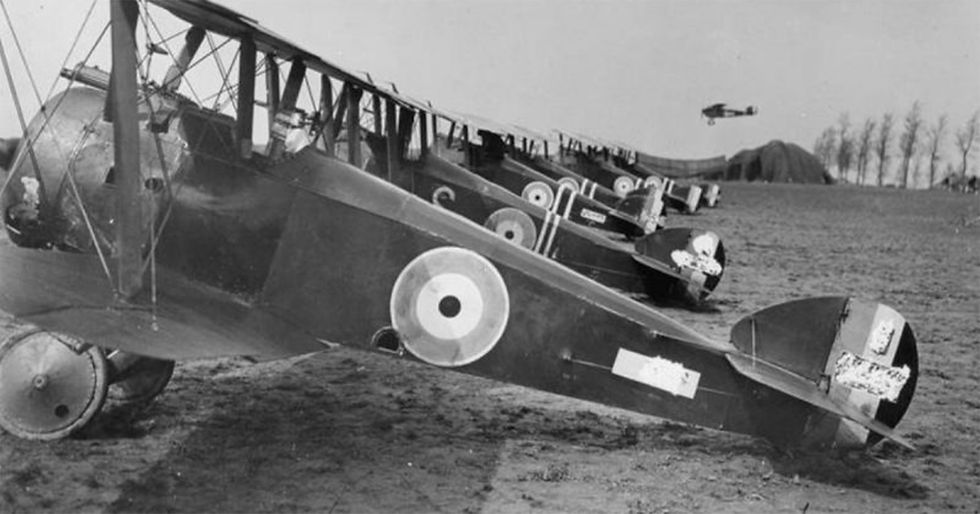
Pilots often praised the aircraft for its exceptional handling, sharing thrilling tales of dogfights where the Pup’s agility proved essential. Captain Albert Ball, a renowned British flying ace, achieved numerous kills while flying the Pup, further elevating its status.
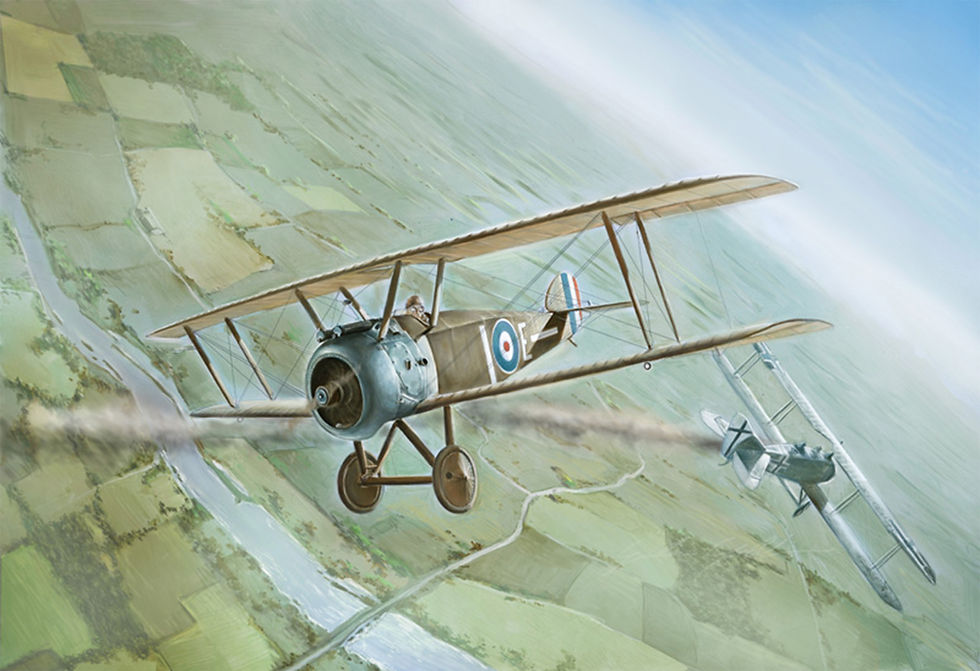
In total, the Sopwith Pup accounted for approximately 1,500 enemy aircraft destroyed or driven away, showcasing its effectiveness in the skies.
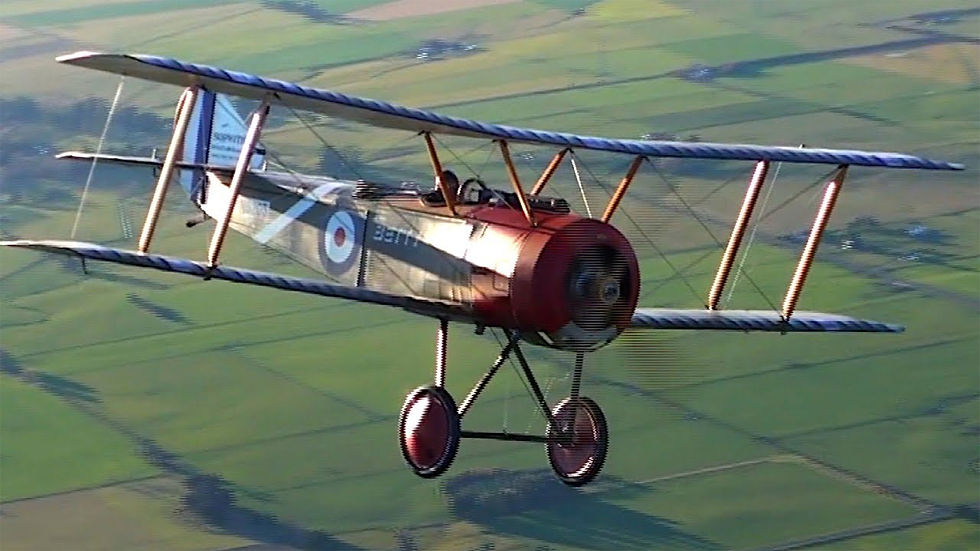
Even though the Sopwith Pup had remarkable strengths, it faced significant challenges as the war progressed. Newer fighter aircraft, like the Fokker D.VII, began to dominate due to their advanced speed and firepower.

The Pup's wooden structure made it susceptible to damage from both enemy fire and harsh weather conditions. Maintenance was another concern; the fabric wings required ongoing upkeep to remain battle-ready. By late 1917, these limitations led to its gradual withdrawal from frontline service.

The design principles of the Sopwith Pup have had a lasting impact on aviation. Its focus on manoeuvrability combined with effective firepower influenced future designs in both military and civilian aircraft.
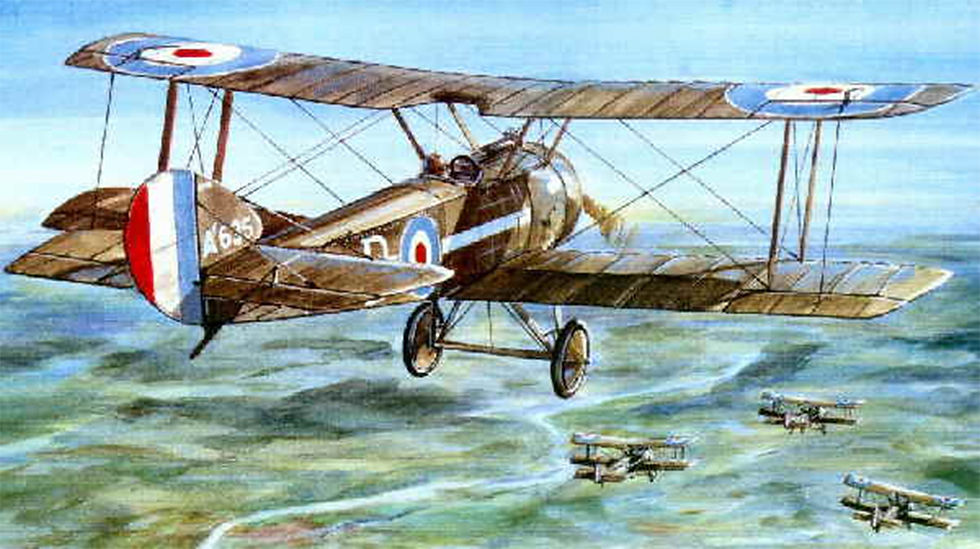
One significant takeaway from the Sopwith Pup’s design is the critical balance between speed and firepower. This knowledge laid the groundwork for the development of more advanced aircraft, including sleek monoplanes that emerged during the interwar years. like the de Havilland DH77.
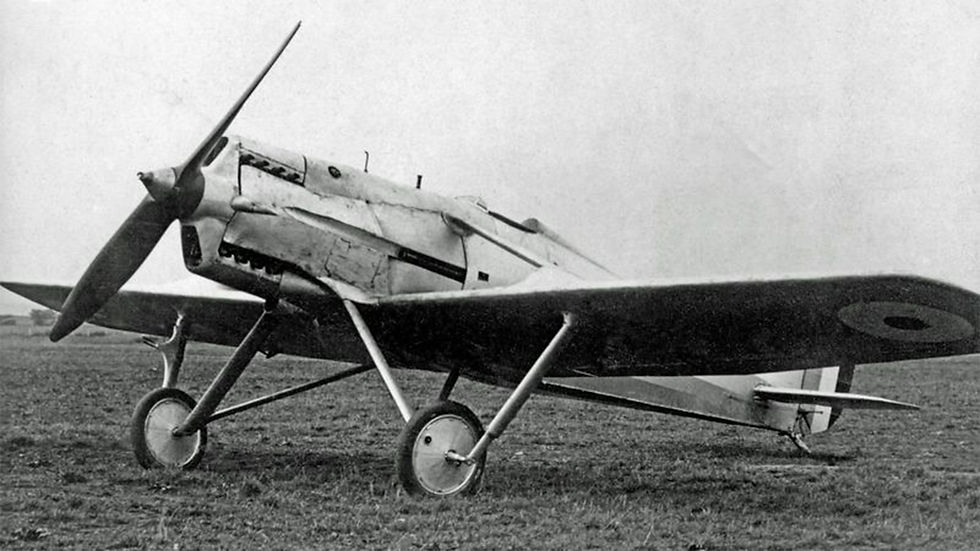
The Pup experienced a renewed interest in the 1970s, with enthusiasts recreating its stunning design. Today, it serves as a beloved symbol of World War I aviation, igniting passion among history lovers and aviation fans alike.
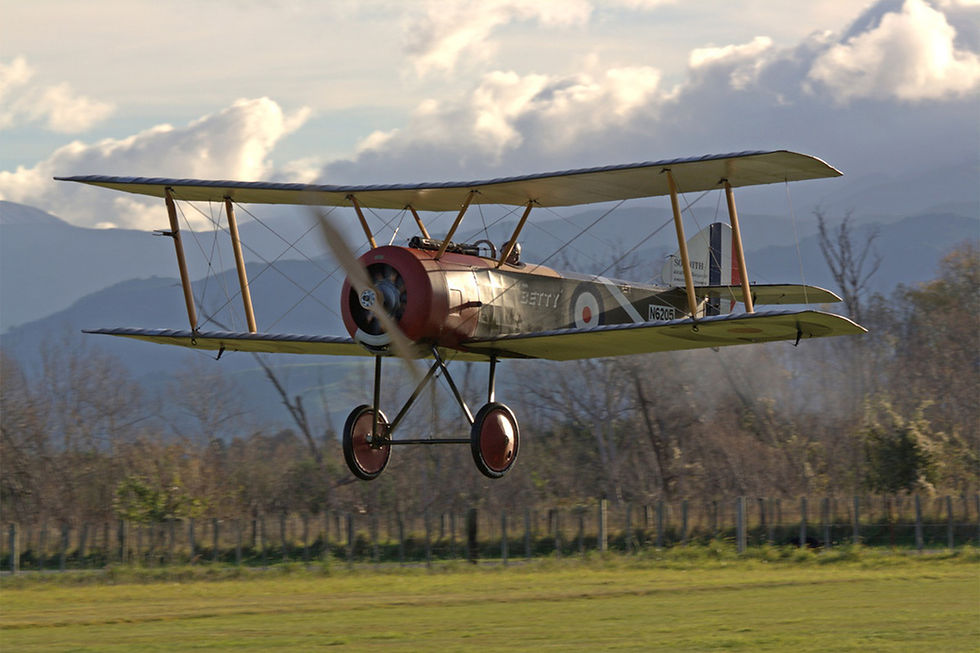
The Sopwith Pup has transcended beyond military history to become a cultural icon. It represents courage and the heroic spirit of early pilots, capturing the imagination of filmmakers, authors, and historians.

Films and books often showcase the distinctive shape of the Sopwith Pup, enabling audiences to glimpse the bravery displayed by pilots during aerial combat. Documentaries further spotlight its role in the war, ensuring it remains a key topic in discussions about early aviation.
Museums and war memorials frequently exhibit the Sopwith Pup, educating new generations about its historical significance. Model aircraft enthusiasts also create detailed replicas, celebrating this iconic biplane.
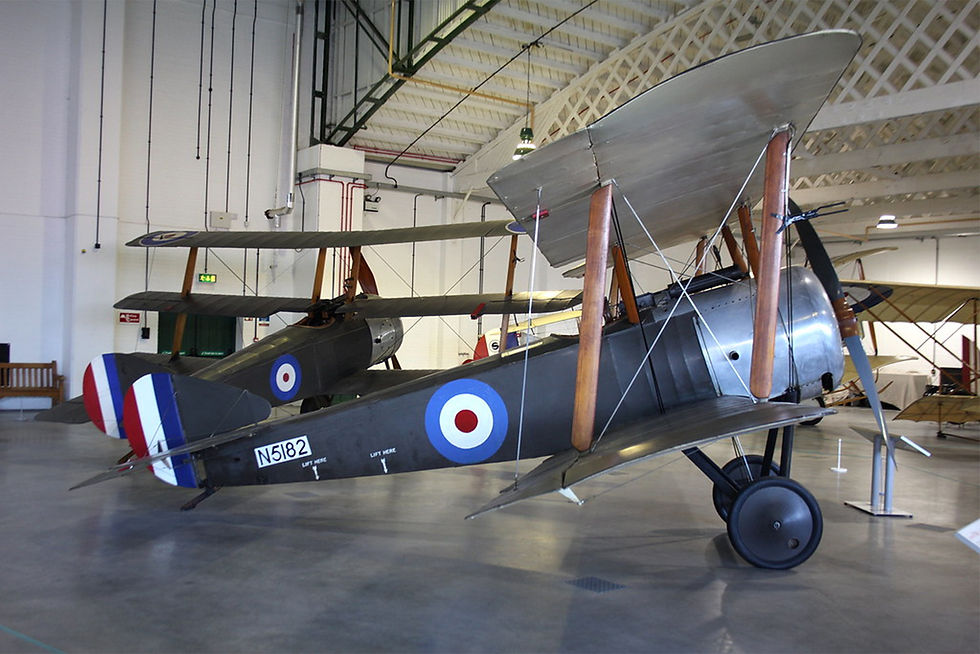
The legacy of the Sopwith Pup continues to resonate today. It remains a favourite among model aircraft builders, with many manufacturers producing high-quality scale models that celebrate its design.

Restoration groups around the world are dedicated to bringing Sopwith Pups back to the skies. These replica aircraft are showcased at airshows, offering audiences a chance to see this magnificent biplane in action once more.
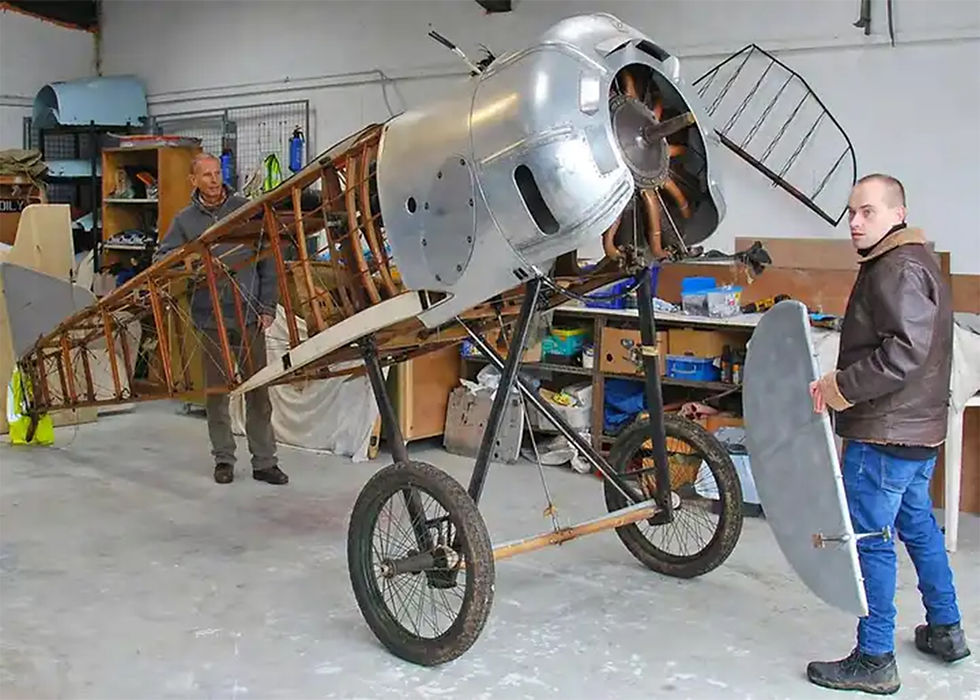
Museums dedicated to aviation history often feature the Sopwith Pup, allowing visitors to explore the technological advancements of the time, and enriching public knowledge about historic aviation.
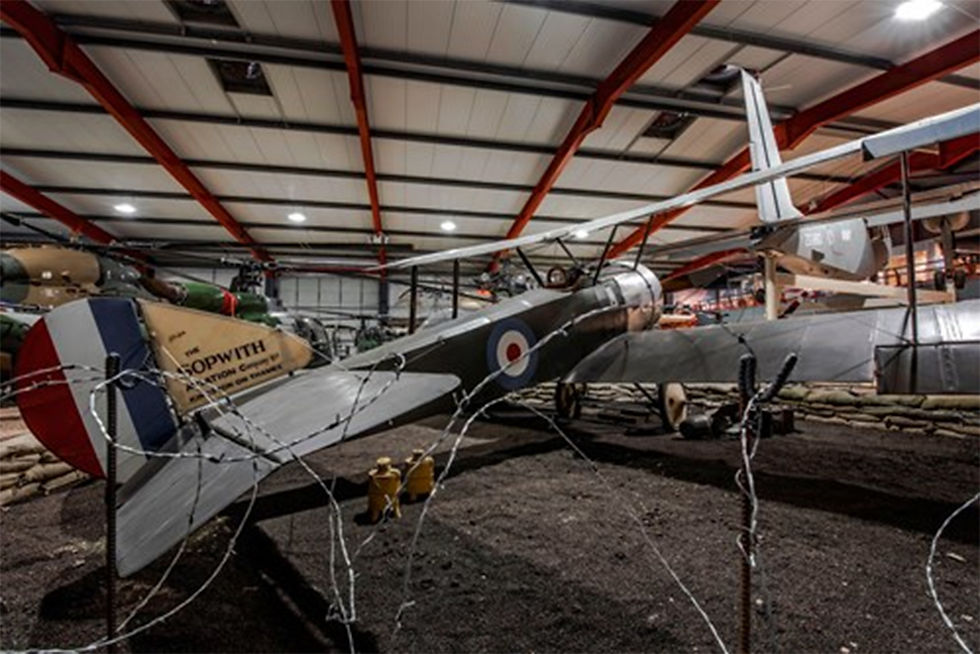
The Sopwith Pup is more than just a fighter plane; it represents an essential era in aviation history. From its remarkable contributions during World War I to its lasting influence on design and culture, the Pup remains a celebrated figure.
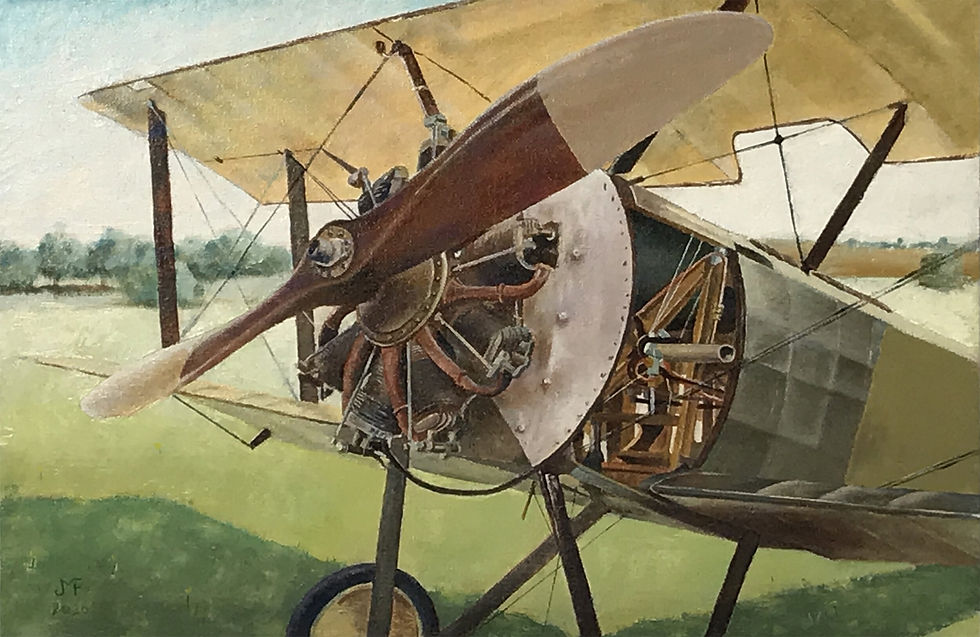
As we remember the flying aces of the Sopwith Pup, we also acknowledge its powerful impact on aviation design and the passion it inspires. This storied aircraft reminds us of the bravery of those who ventured into the skies a century ago, continuing to ignite interest and admiration in generations of aviation enthusiasts. The story of the Sopwith Pup stands out, embodying the spirit of innovation, resilience, and adventure in aviation history.
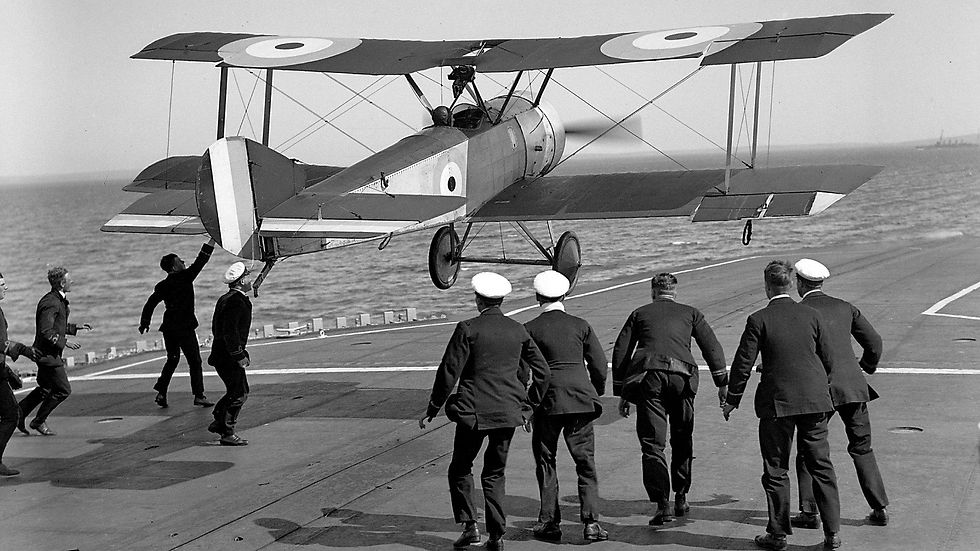































Comments